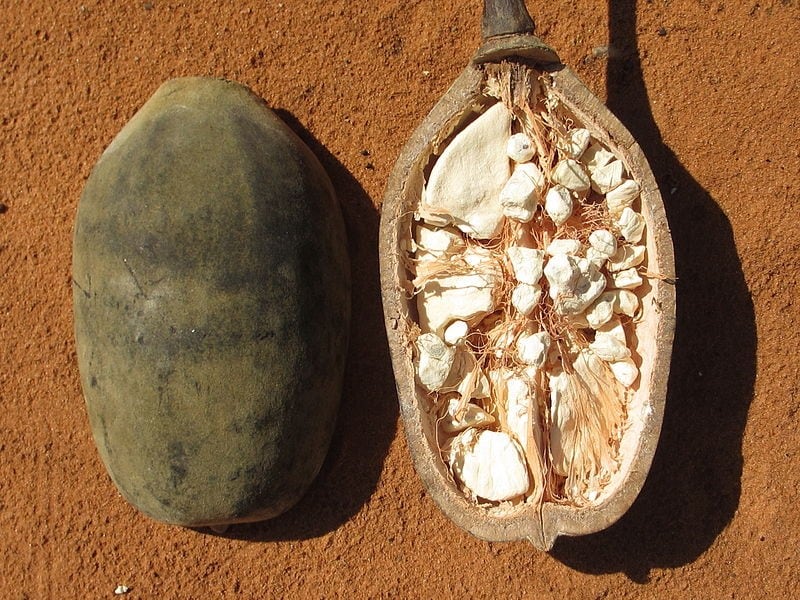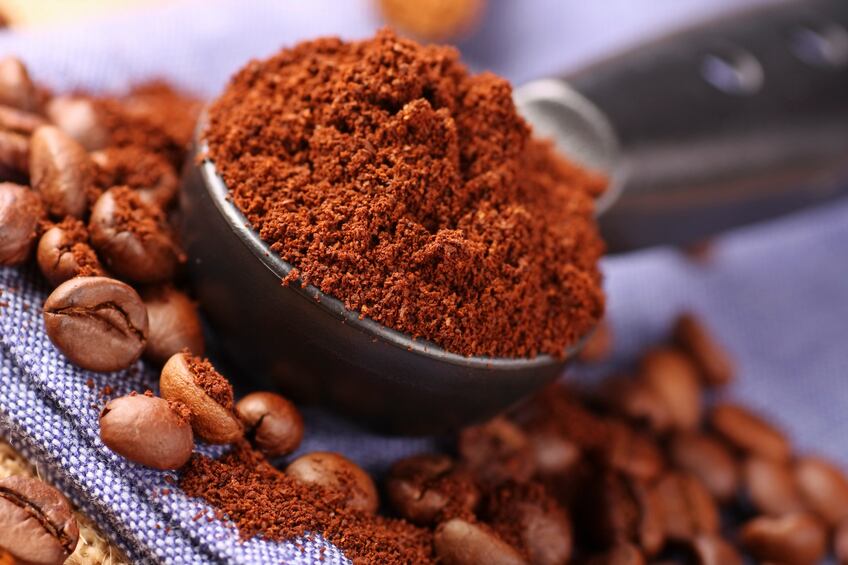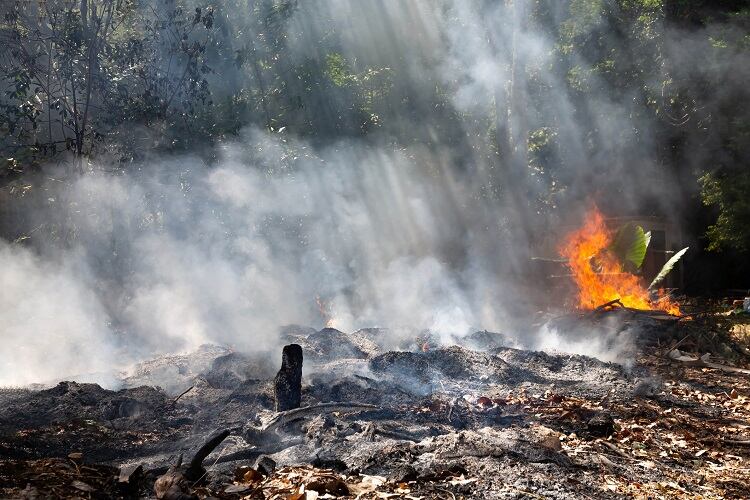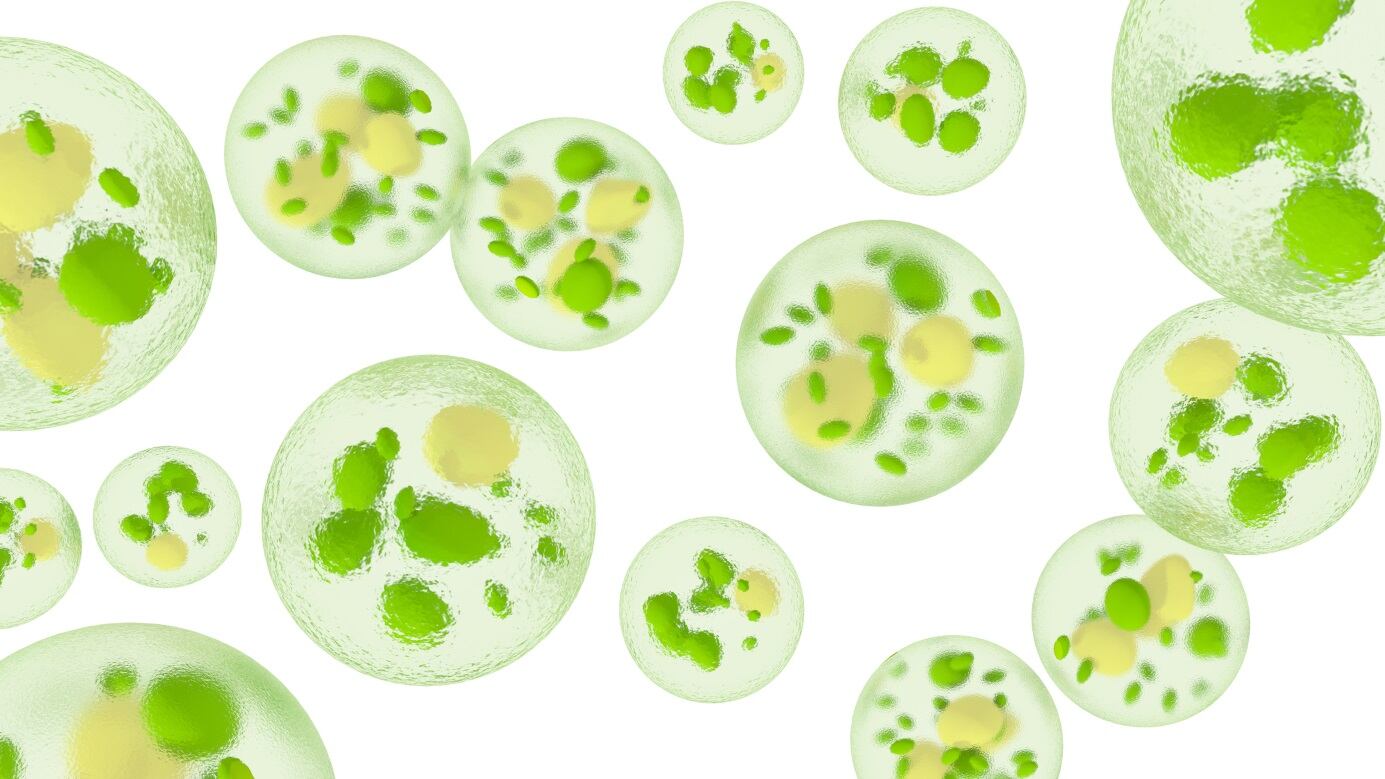Could this be the year that baobab hits the big time? A South African ingredients company, set to showcase two baobab products at the Biofach 2020 event in Germany, certainly thinks so.
EcoProducts B’Ayoba, based in Limpopo in the northernmost province of South Africa, says its new baobab paste and red baobab tea aim to capitalise on baobab’s growing reputation as a natural and functional alternative to processed food ingredients.
The African ‘superfruit’
With its swollen, bottle-shaped trunk and root-like branches, the baobab tree is an icon of the African savannah that can live up to 2,500 years old. Baobabs are rare in that their fruit occurs naturally as a dry powder – the fruit pods dehydrating and hardening on the branch throughout the dry season. It is thought that this process of dehydration naturally concentrates the nutrients in the pods, producing one of the most nutrient-dense fruits on the planet. Baobab is claimed to be a very rich source of antioxidants, vitamin C, calcium, iron, magnesium, potassium and fibre.
According to EcoProducts B’Ayoba, meanwhile, baobab is naturally bursting with essential minerals, antioxidants, electrolytes and prebiotic dietary fibre. Currently, the company sells baobab fruit powder in health food stores across Europe, North America and Australasia alongside similar products such as spirulina, moringa and acai.
It claims baobab powder is also an exceptional source of prebiotic dietary fibre, with a long history of traditional use in the prevention and management of diabetes.
The fruit has a subtle, lemon sherbet-like flavour, which combines readily with other flavours, allowing for its use in both sweet and savoury applications, it says. As a result, it is being increasingly adopted by food and beverage brands looking to capitalise on Baobab’s growing reputation as a natural and functional alternative to processed food ingredients, EcoProducts B’Ayoba believes.
As well as its latest tea, which it says boasts a high antioxidant capacity equal to that of green tea, it hopes its new baobab paste product will help it continue to broaden its appeal among food and beverage manufacturers. That’s because, unlike the fruit powder, which is raw fruit, the ready-to-use baobab paste is a pasteurized, aseptically-packed product with a purée-like consistency that contains nothing other than pure baobab fruit powder and water.
This puree format potentially allows for a simpler production process with certain food and beverage product applications than regular Baobab powder, according to the company, which said it had been specifically formulated for multiple product applications, including beverages, yoghurts, pastry and confectionery fillings, dessert toppings, breakfast cereals, smoothie bowls, ice creams and sports gels. The pectin in boabab gives it a slight cloudiness, making denser liquids such as smoothies and yoghurts that can absorb higher levels, particularly promising applications.
"Large food brands want the product presented to them in a way that's very easy to use: now they have two formats that they can use it in,” explained the company’s baobab specialist, Henry Johnson.
“They can take the dry powder and do whatever they want with it. Or they can take this paste and formulate it. It’s an aseptically packed, pasteurised product which is ready to use so they further dilute it into beverages, or they can add flavouring or other ingredients.”
Nestlé, he added, is one company looking at baobab for a number of different applications in the healthy snacking area.
“Baobab as an industry has been waiting year after year to really take off and for big food and beverage companies to start formulating with it,” added Johnson. “Last year was the first time we've really seen a real groundswell of formulation and it could really be getting into the mainstream. The last barrier to cross is for consumers to recognise it as a product.”
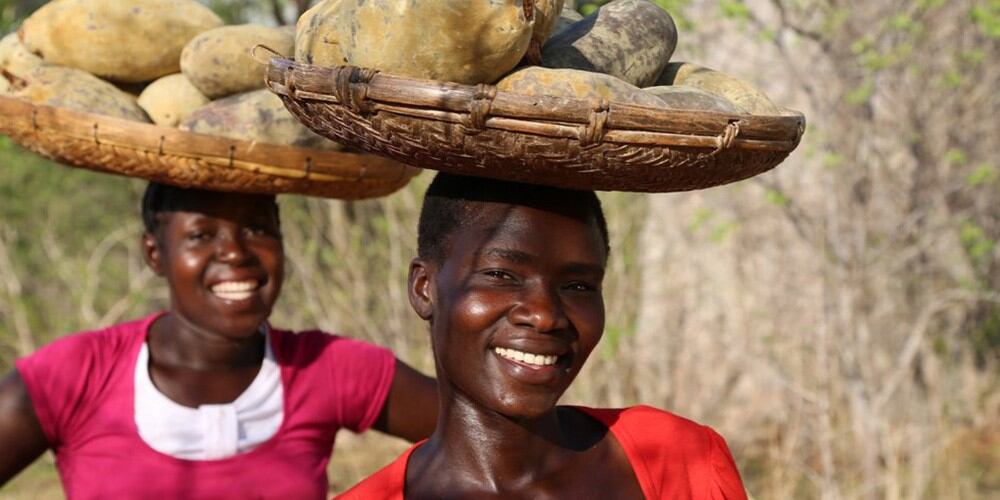
Sustainability credentials
What may assist here is the fact baobabs also boast ethical and environmental credentials, reckons Johnson. "Baobabs take at least 25 years to fruit, so no one is going to be clearing large amounts of land to make baobab plantations. All of the existing baobabs comes from existing tree populations out in the African bush.”
They are dispersed over a very large area: Baobabs grow in over 35 different countries across Africa in the sub-Saharan belt above and below the equator.
“The only economical and logistical way to harvest that fruit is to get the support of the rural communities who live amongst those forests,” Johnson explained.
EcoProducts B’Ayoba works with over 5,000 registered rural harvesters in Zimbabwe and South Africa. These harvesters are helped to organise cooperatives; are paid a set price for harvests each year; and receive training so that they harvest in ways that will protect their trees for future generations.
"We very much work with the harvesting communities to make sure that the harvesting is done in a sustainable way that will hopefully enable the trees to continue to deliver us their fruit,” continued Johnson.
He added that each harvester (through Baobab and other activities) supports an average of five dependants. So the estimated number of people who benefit from the supplemental income coming from harvesting Baobab for the company is over 25,000.
“Baobabs are a wonderful example of where a trade in an indigenous fruit can actually provide a much needed supplementary income for people who are basically largely marginalised. They don't have access to gas or electricity; their ability to earn money is very limited. This is wonderful way that they can make money.”
It also discourages the problem of indigenous communities chopping down the baobab trees for firewood.
Johnson added that Between November 2013 and May 2014, the company carried out a resource survey for baobab in communal and resettled areas of Zimbabwe, to predict the annual harvest of baobab fruit, and how much of a large-scale market could be met sustainably, without creating deficits at the local consumption level or impacting detrimentally on the tree and its environment. The number of Baobab trees in Zimbabwe was estimated at five million, of which 3.8 million are found in communal and resettled areas; equivalent to 20,000 tonnes of whole fruit per year.


